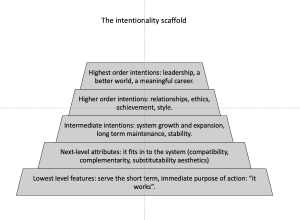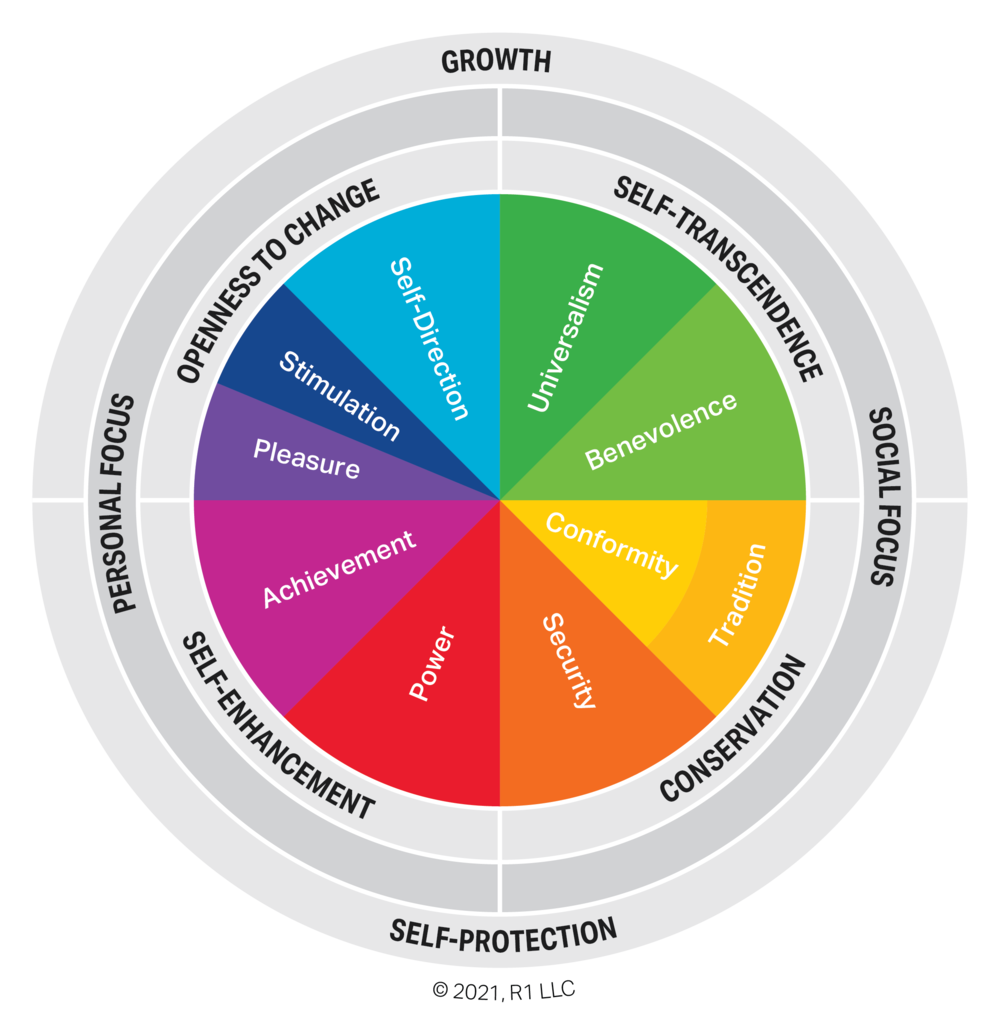176. Peter Lewin and Steven Phelan: How Do Entrepreneurs Calculate Economic Value Added? Subjectively.
At the core of the entrepreneurial orientation that is the engine of vibrant, growing, value-creating, customer-first businesses, we find the principles of subjectivism and subjective value. Subjective value embraces not only the value the customer seeks, but also the value that entrepreneurs establish in their companies: capital value. Once businesses master these two principles in combination, they can open new horizons of innovation and growth.
Key Takeaways and Actionable Insights
A fundamental advantage of Economics For Business over traditional business schools is the understanding of subjective value.
It’s hard for conventional businesses, and for the traditional instruction in business school, to fully embrace all the insights of subjectivism and the subjectivism of value. The traditional bias is towards numbers, quantification, prediction, and financial control.
Value is conflated with price and profit. Value is what customers will pay, cost is what the producer pays for inputs, and profit is the difference. Value is inherent in the thing that is produced. Finance and accounting are the numerical tools for computing these relationships.
When business embraces subjectivism, the value is not in the thing. Human minds bring value to the thing. Value comes ultimately from the consumer or end-user. They evaluate the offerings available to them and make value decisions, to part with their money (or not) to claim the value that’s offered.
Value is better thought of as a verb rather than a noun. It’s an emotional driver of decision-making.
Firms can’t impose their concepts of value on customers.
A key difference for the subjectivist approach is that customers alone determine value and producers can’t create it and sell it. Value is experienced by customers and, of course, experience lies entirely with them and can’t be reproduced or projected or simulated by producers.
That doesn’t mean that there’s no role in value generation for businesses. Steve Phelan broke down the firm’s value role into 3 parts: value imagination, value delivery and value capture.
Value imagination is a belief about the future — entrepreneurs imagine (or have a “hunch” about) a future in which a target customer experiences value from the producer’s offering, the goods and/or services they make available to customers. This imagination step is a major component of the entrepreneurial journey construct we employ at econ4business.com to help businesses generate value and grow. It’s creativity at work — where value creation starts.
Value delivery is implementation of the imagined value: designing the goods / services for commercial offering, assembling all the components required for implementation (including people in team roles as well as production assets) and taking the offering to the marketplace with a price and a value communication bundle.
Value capture concerns how much of the value experienced by the customer flows back to the producer. Typically, value production takes place in a system — perhaps including retail channels, or a wholesale partner, or a bank of financial partner. How much of the value flow do they take? Or how about competition, who might copy and undercut. Or suppliers who violate contracts or under-perform on contracted services. Entrepreneurs must pay close attention to value capture.
Subjective value thinking extends to business investment decisions.
Subjectivism applies not only to value but to the assets of a producing firm. The subjectivist approach understands assets as providers of potential services that customers might value. Most classes of assets (including people) can be assigned to multiple different uses and multiple configurations for the provision of different services. Entrepreneurship weighs up — evaluates — all the possibilities and assigns the assets to their greatest value generating uses.
Value calculus assesses the value-producing arrangements inside the firm.
Entrepreneurial producers of value face in two directions: outward to the market and customers, and inwards to the firm and its internal organization.
Looking inwards, producers must calculate which assets — including both human capital assets and physical assets — in which combination result in the greatest value for customers at the least cost. This requires an evaluation that assesses value flowing to the customer from the firm. Since value is subjectively determined by the customer, this calculation is extremely challenging. Peter Lewin called it subjective quantification, and Steve Phelan used the term value calculus. It’s a combination of qualitative and quantitative assessments that’s learned over time. It’s highly contingent on the (changing) value preferences of customers.
Internally, managers must combine their people assets and physical assets in a way that produces most value based on this uncertain and changing value calculus. Entrepreneurs and owners can’t be the decision-makers for everyone, and so the organizational technology must be designed for greatest value generation. Instructively, that organizational technology has been changing over time — from highly structured and divisionalized organizations to today’s more open, networked, and interconnected organizations.
The tool for capturing this value calculus is EVA — economic value added.
Capital is a value. In fact, Ludwig von Mises remarked that it was unfortunate that business ever coined the term capital goods, because it tends to make us think of capital as something solid and fixed. It’s not — it’s the result of the value calculus that Steve Phelan talks about.
Capital value can be measured, but not in the way that is captured on a P&L or a balance sheet — creating numbers that appear to be exact, and fixed and fully determined. Entrepreneurs must estimate capital value and the estimate is that of the valuer. They do so algorithmically — there’s a process and a routine but it’s not necessarily mathematical. It includes breaking down the asset combination into smaller and smaller components — perhaps individual people or teams, or perhaps divisions versus the entire company, or perhaps some set of components that can be thought of as an integrated grouping — and assessing their relative capital value contribution. Money values can be used since this helps the expression of relative value, but the algorithmic computation is never exact. Its validity is always in the eye of the valuer. The goal is to find costs that don’t add value, or don’t add as much value as other costs.
Accounting and finance — one looking to the past to measure what happened and one looking to the future to predict what will happen — offer objective-looking numbers, but they truly reflect the subjective value calculus of the entrepreneur in trying to allocate economic value added as accurately as possible.
Additional Resources
“An Austrian Theory Of The Firm” by Peter Lewin and Steven Phelan: Mises.org/E4B_176_PDF1
Austrian Capital Theory: A Modern Survey of the Essentials by Peter Lewin and Nicolas Cachanosky: Mises.org/E4B_176_Book
“Entrepreneurship in a theory of capital and finance — Illustrating the use of subjective quantification” by Peter Lewin and Nicolas Cachanosky: Mises.org/E4B_176_PDF2

